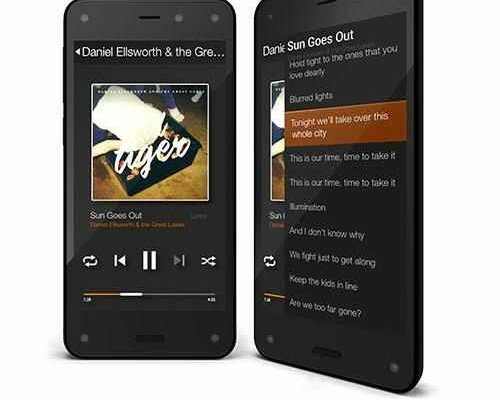When I was in college, people would tell me that it’s a good time to be a student because the economy sucks and jobs are scarce, especially entry-level positions. While that may be true, more and more potential students are finding that full-time college attendance isn’t feasible at all because college is just too expensive. In the last five years, tuition and fees to attend community college increased by 24% beyond overall inflation and by 13% beyond overall inflation at private schools. Four-year college tuition jumped 5% in the last year and housing increased 4%. Add in books, food, and transportation on top, and it’s easy to understand why college is no longer an option for many. Don’t forget the obstinatestudent loan debt crisis.
The system needs to be democratized; every student who wishes to pursue higher education should be afforded the opportunity. Fortunately, the best new thing in education arrived on the scene with ironic timing. As the economy sputtered and tuition jumped 8% in 2011, the first US-based MOOC was launched at the University of Illinois Springfield.

{Image via}
What’s a MOOC? Massive Open Online Course: a large-scale, open, online course, to put it simply. And the best part is that they are free! Top-notch universities (Stanford, Harvard, Georgia Tech, and MIT to name a few) are able to offer classes online via sites such as Coursera, Udacity, and edX. These companies are revolutionizing how professors connect with their students and how students are able to learn. It’s the best innovation in education in many years. The Silicon Valley based company Coursera won “Best New Startup of 2012” and just added 1.25 million potential users to its already robust roster of 3.6 million students. The list of course offerings on these sites is extremely impressive. MOOCs aren’t perfect (you can’t receive actual college credit for completing a course), but using the internet to reach students around the globe is definitely a step in the right direction.

{Image via}
MOOCs are great for working people who aren’t able or ready to go back to school. I took my first MOOC this summer from the University of Pittsburgh via Coursera (shout out to Dr. Larry Foulke for a great class on nuclear science!). Although I didn’t complete all of the class modules over the 8-week session, I loved the format of the class. Set up to accommodate the student’s schedule and level of familiarity with the topic, the professor posted 15-20 minute videos with accompanying slides, quizzes, and supplemental readings to be completed at your own pace. Discussion boards allowed students to interact with each other and the professor.
Some key takeaways from my MOOC experience:
1. Considering grad school? If you’ve been out of the classroom for a while, it’s a great re-entry to school work and a reminder of how time consuming classes can be. With work and other distractions, I found that I can’t go back to school part-time and continue working. I just didn’t have enough time (or persistence perhaps) to dedicate to the class.
2. Participating in class discussions and reading the extra materials is key to retaining the course material. As with all classes, you need to be engaged if you want to remember what you learn.
3. If you have an inquisitive mind, you’ll love MOOCs and the array of course offerings. You can take classes related your job to promote professional development or take a random class on an interesting topic just for the fun of learning. Another great site is SkillShare for project-based classes like how to building your own website or the essentials of audio mixing.

{Image via}
With strong support from higher education institutions and developing technology, MOOCs will continue to revolutionize and democratize higher education. The only requirements are an open mind and access to the internet, so what are you waiting for? Sign up for a MOOC today and don’t stop learning.
“Wisdom is not a product of schooling but of the lifelong attempt to acquire it.”
― Albert Einstein
By


